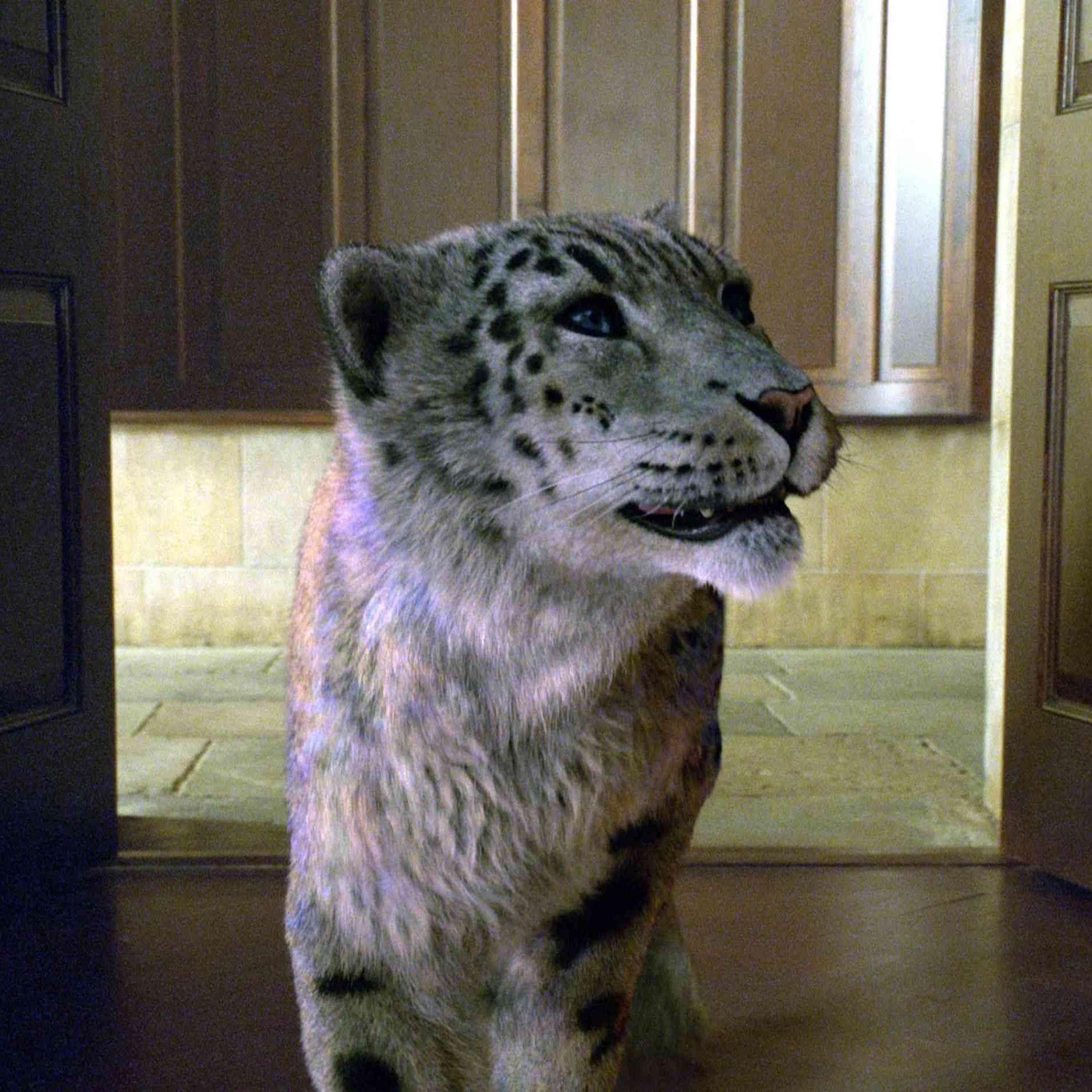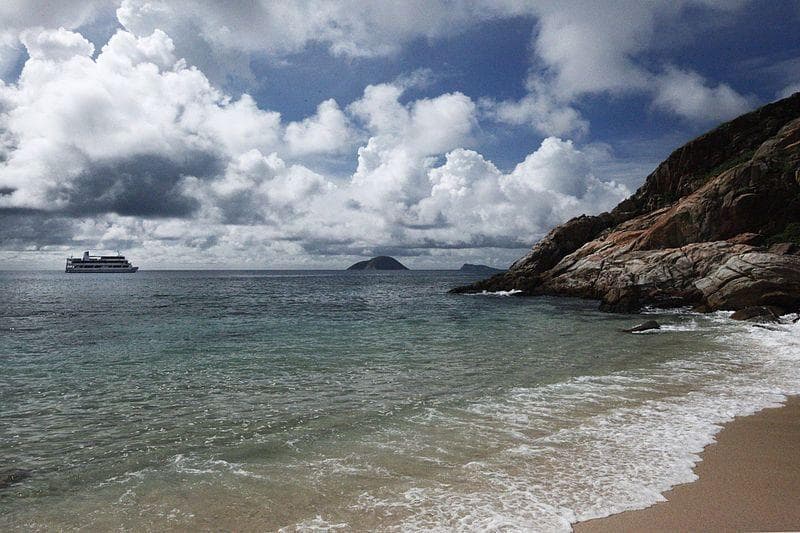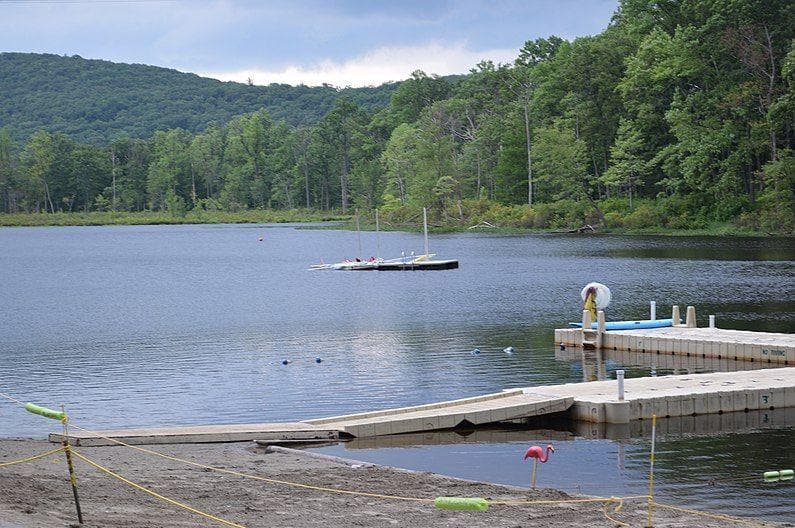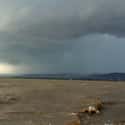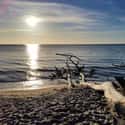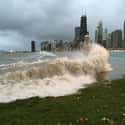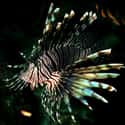-
(#5) Lake Victoria
- Lake
With around 5,000 people drowning in its waters each year, the high number of casualties puts Lake Victoria at the top of the most dangerous list. Located in Kenya, Uganda, and Tanzania, it's the second largest body of fresh water in the world and provides water to the Nile River, as well as business for local fishermen. However, those fishermen, and whoever else ventures into Lake Victoria by boat, could be in danger. Weather changes frequently on the lake and unexpected rough water with high waves can destroy small boats, capsize ships, and claim the lives of those who fall in. When ferry boats crossing the lake overturn, hundreds of people can perish.
Boaters can't tell the depth of the lake at any given location and rocks lie just below the surface in many areas. Dangerous weather can also make communication with people on land difficult, meaning those who find themselves in trouble on the water may not receive help in time. For those who fall in but manage to survive, the vastness of Lake Victoria can confuse swimmers who may not know the direction to shore or exactly how far they must swim.
-
(#1) Baltic Sea
- Sea
As part of the 1945 Potsdam Agreement, Allied forces took weapons away from Germany and dumped them into the Baltic Sea so no one could get their hands on them. Back then, no one apparently thought it was an issue to litter the sea with 65,000 tons of potenitally hazardous material. In 2013, scientists discovered that the sea bed off the coast of Poland contained trace amounts of mustard gas, meaning the hazardous material may finally be returning.
Researchers are not only concerned that the weapons are leaking, but they've also discovered hazardous materials in places where they shouldn't be. This means scientists have no idea exactly where the dangerous weapons are, and it will be that much harder to clean them up. Considering that the leaks taint the water and fish, thus contaminating the food chain, the forgotten WWII relics could pose a grave danger to the environment and anything, or anybody, in the water.
-
(#2) Black Sea
- Sea
As a major tourist destination between Asia and Eastern Europe, millions of people visit the beaches, resorts, and islands of the Black Sea each year. The sea's surface may inspire many an Instagram photo, but beneath the surface water lies an area much creepier. The Black Sea is a meromictic body of water, which means it features separate layers of water that do not mix together.
While the water on the surface is friendly to visitors, the layer of water below it is completely devoid of oxygen. Nothing can survive in this zone, and creatures or ships that fall into the area take a long time to decompose. Shipwrecks and the remains of those who have drowned may still be seen hundreds of years after sinking. This gave rise to rumors and stories that the Black Sea is home to the deceased who lurk in its deep waters. When you really think about it, who wants to swim in that?
-
(#6) Brighton Beach
- Neighborhood
In 2018, 16 million people visited New York City beaches including Brighton Beach, and many of those people may have come into contact with fecal contamination. The water that oblivious swimmers doggy-paddled through was often combined with water from the city's sewer. This can happen when rain water enters the sewer, combines with sewage to create more material than pipes are designed to hold, and then enters the waterways as the sewer overflows. Contamination also comes from the land, as rain carries trash, pet waste, and other polluted materials into the ocean through runoff.
According to 2018 records, this gross process happened every three days that year. Luckily, authorities monitor the city's beaches consistently and will post warnings if the water is unsafe. Finding a day that is safe, however, is growing increasingly difficult, as 276 of the 422 tested beaches reached an unsafe level at least once that year.
-
(#9) Lake Michigan
- Lake
Although Lake Michigan isn't the largest of the Great Lakes, it is the most dangerous. In addition to water temperatures that could cause hypothermia and strong winds that create dangerously powerful waves, the lake's structure causes a problem that's even more dangerous: rip and longshore currents. Because Lake Michigan is longer than it is wide and runs north to south without any major obstacles along its shores, winds blowing perpendicular to the shore create rip currents, while those blowing parallel can form longshore currents.
These currents aren't always noticeable to swimmers but can carry them far from where they intended to be. As rip currents bounce off the shore and transport water back into the lake, they can carry swimmers with them and can be so powerful that swimmers may find it very difficult to escape. Lake Michigan is so notorious for these dangerous currents that swimmer fatalities and rescues from its waters generally account for about half of all such instances on all the Great Lakes combined. From 2002 to 2015, 243 swimmers were rescued and 82 people drowned, and these numbers unfortunately continue to grow. From January to August of 2019, drownings in Lake Michigan saw an 80% increase from the previous year.
-
(#10) Caribbean Sea
- Sea
Although lionfish live mostly in the Indo-Pacific, they've managed to create homes in other warm areas around the world. Since they have no known predators, their populations have flourished. People can easily find these spiny fish in the Caribbean Sea, and researchers believe they bred from pets released into the wild or hitched a ride on boats. However they managed to travel, lionfish are now considered an invasive species and people in the Caribbean have been trying to diminish their numbers.
While lionfish are definitely a problem for the health of the Caribbean and its native residents, they can also be a problem for divers, snorkelers, and swimmers. The 18 thin dorsal fins the lionfish displays are stingers they use for self-defense, and those unfortunate enough to come into contact with one will not easily forget it. Although the lionfish's venom isn't strong enough to seriously harm a healthy human, the sting causes extreme pain. The venom can also cause breathing difficulties and nausea, which can be a drag but can also make swimming back to land difficult.
New Random Displays Display All By Ranking
About This Tool
71% of the earth is covered by water. Oceans, lakes, and rivers are important resources for human beings to survive. The locations where these bodies of water are concentrated are also places where people like to go on vacation. Attracted by the beautiful blue or peaceful bodies of water, many people like to jump into the natural pool, but don't be fooled by appearances. Nature is not always a safe place.
There are strange, deadly, beautiful, and unusual mysterious bodies of water on the earth. We must know that many aggressive and deadly marine life also lives in these places, and rapid is also one of the unforeseen dangerous accidents. There are random 12 famous bodies of water with some dark secrets.
Our data comes from Ranker, If you want to participate in the ranking of items displayed on this page, please click here.


